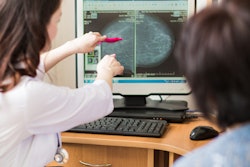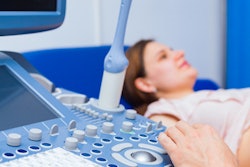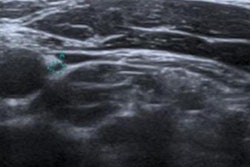Dear Ultrasound Insider,
Ultrasound continues to make strides in helping identify and assess the myriad medical issues our world faces. From advancing our knowledge of COVID-19 to better understanding fetal and pediatric ailments, ultrasound is proving its versatility in the greater radiology community.
For example, a French team found that ultrasound can predict the difficulty of a fetal delivery based on head positioning and stationing. Read more in this edition's Insider Exclusive.
In COVID-related news, ultrasound was able to find links between symptoms of long COVID-19 disease and the effects of the SARS-CoV-2 virus on the vagus nerve. The researchers said that information such as this could lead to better interventions for patients.
Speaking of COVID, point-of-care ultrasound can help rule out pulmonary embolism in critically ill COVID-19 patients when imaging multiple organs. The study authors proposed that this method could also help determine which COVID-19 patients should undergo CT pulmonary angiography.
In other news, ultrasound images used for statistical shape modeling can help predict hip dysplasia in infants and whether abduction treatment devices are needed.
Plus, check out the following recent ultrasound stories:
- Texas Tech University researchers used ultrasound to help zero in on changes in back muscles that could be a sign of low back pain in healthcare workers who have to manually move patients.
- Ultrasound can help women with ductal carcinoma in situ avoid surgery by identifying features that indicate less aggressive cases on breast exams.
- Transvaginal ultrasound is on par with MRI when it comes to accurately assessing myometrial invasion in women with endometrial cancer.
- A clinical algorithm that combines echocardiography with measurement of tissue strain can help accurately diagnose cardiac dysfunction after early-stage breast cancer treatment.
Find more articles like these by regularly visiting your Ultrasound Community!




















